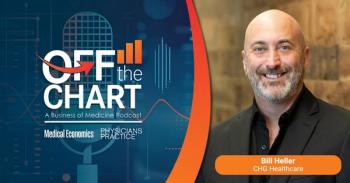
Health insurance is at risk if premium tax credits are eliminated – a slideshow
Key Takeaways
- Enhanced premium tax credits, crucial for Marketplace insurance affordability, are set to expire, risking significant coverage losses.
- The expiration could disproportionately affect states, races, incomes, and age groups, exacerbating healthcare access disparities.
How many people will be affected if Congress does not extend premium tax credits for ACA insurance?
Millions of Americans could lose health insurance coverage depending on federal action in the nation’s capital.
Congress
“With the end of these subsidies on the horizon, federal, state, and local policymakers must consider the expiration’s potential to cause another crisis in health care access and affordability,” said their latest analysis,
The premium tax credits assist people buying their insurance plans through the marketplaces created by the Affordable Care Act (ACA) and by states.
“If the enhanced premium tax credits expire, there will be dramatic declines in Marketplace coverage and increases in uninsurance, but the effects will not be felt equally across states or by race, income, and age,” co-author Jessica Banthin said in a news release. Banthin is a senior fellow at the Urban Institute. “Our analysis shows that their expiration could mean some communities may experience greater coverage losses, making health care unaffordable and inaccessible.”
An expiration of the tax credits could affect millions of people. More than 21 million people have enrolled in Marketplace plans, and the number of people without health insurance has dropped 42%, according to the study. In 2024, 92% of Marketplace enrollees qualified for the tax credits, drawing another 5 million people to enroll.
This slideshow presents key findings from the study. All data come from the Robert Wood Johnson Foundation and the Urban Institute, which also used the research to publish
Newsletter
Stay informed and empowered with Medical Economics enewsletter, delivering expert insights, financial strategies, practice management tips and technology trends — tailored for today’s physicians.








